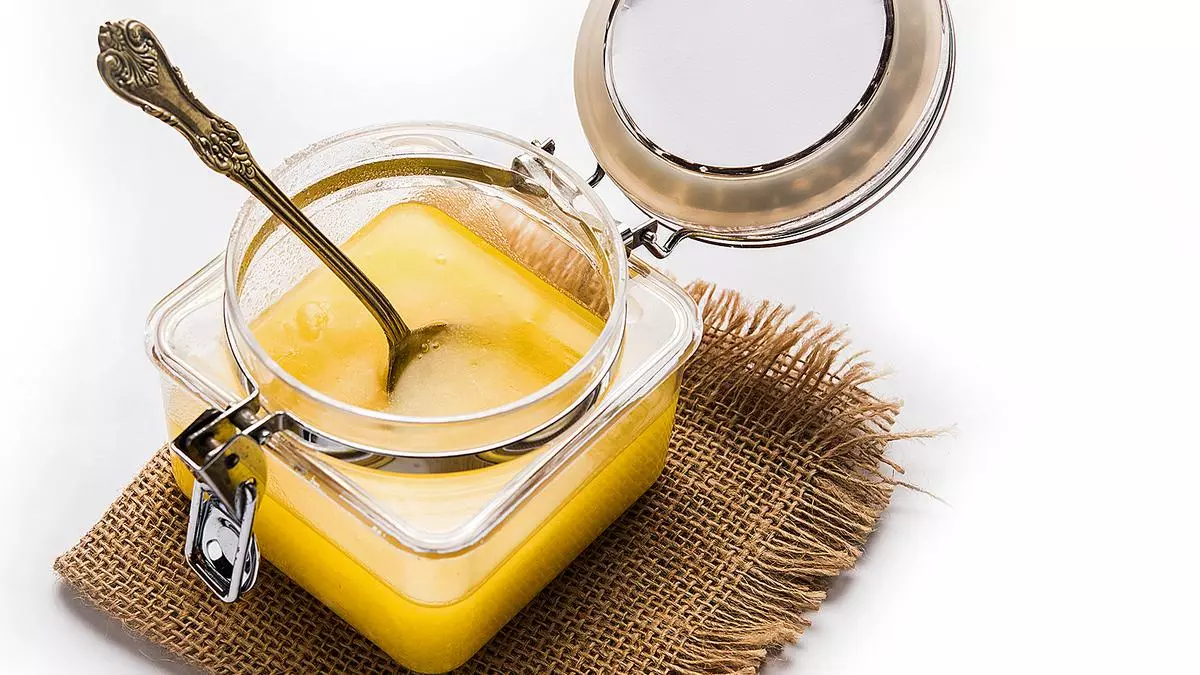Ghee inflation drops to 41-months low; milk products inflation declines
Ghee inflation is at a 41-month low of 0.21 per cent in August, data from the Statistics Ministry showed.
While inflation for ghee is the lowest, it is on the decline for the entire range of milk products. Experts attribute this to two reasons – a higher base effect and lower prices of fodder and animal feed. However, they also cautioned that there could be a sudden jerk in prices due to the base effect. It may be noted that milk and milk products have a weight of 7.72 per cent in the overall Consumer Price Index.
Among other products, curd and condensed milk powder are also witnessing lower inflation, while butter has a high inflation. Ghee has a very high consumption mainly due to its perceived health benefits. Also, it has various usages such as use in places of worship.
Commenting on the inflation trend in milk and milk products, Paras Jasrai, Senior Analyst, India Ratings & Research (Ind-Ra), said inflation has been low in the past few months due to a high base effect (as inflation during January 2023-August 2023 was above 7 per cent) and the prices of milk inputs such as fodder and animal feed have been benign for quite some time. “All this has kept milk inflation around 3 per cent despite a hike in retail milk prices by Amul, Mother Dairy, etc., in June 2024,” he said.
Dr R S Khanna, a noted dairy expert and a key member of the team that drafted the last dairy policy, said that the rise in food prices is often blamed on a hike in milk rates, which is not correct. The inflation in liquid milk is almost half of the rate of growth recorded in retail food inflation. Even in the milk basket, the rate of inflation in the majority of milk products is normally lower from the rate of inflation in liquid milk.
“As the realisation from liquid milk is better now compared to the situation some decades back, all dairy players prefer to sell liquid milk as their first option. Secondly, the skimmed milk powder prices depend on demand and supply, whose prices keep fluctuating and are currently one of the items with the lowest increase. The same goes for butter, where demand is the highest among all milk products, as is its inflation rate,” he said.
Further, he said that as the inflation rate is on a declining trend, it also indicates stabilisation in prices when on a month-on-month basis. But, “if it continues for a long time, there will be a sudden jerk in milk inflation whenever an increase in milk prices is effected in the future due to the low base effect. Milk prices should be allowed to keep pace with food inflation so that farmers get better additional returns from dairy,” he said.
According to Invest India, India is the highest milk producer and ranks first in the world, contributing 25 per cent of global milk production. The milk production of India has registered a 58 per cent increase during 2014-15 and 2022-23, increasing to 230.58 million tonnes (mt) in the year 2022-23. India’s export of dairy products was 63,738.47 mt, worth $272.64 million during the year 2023-24.
